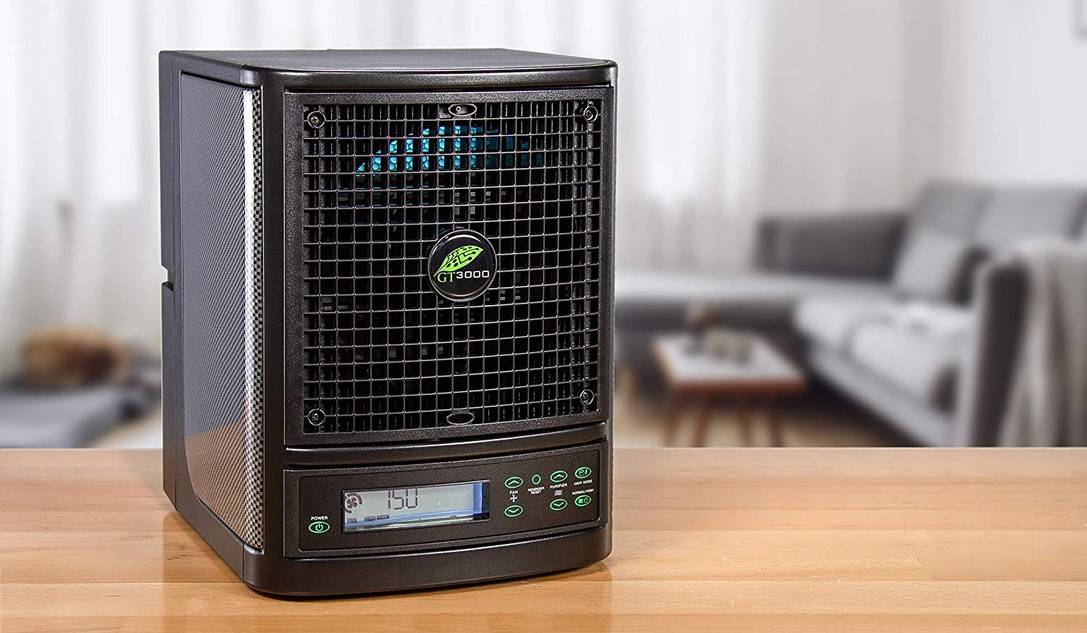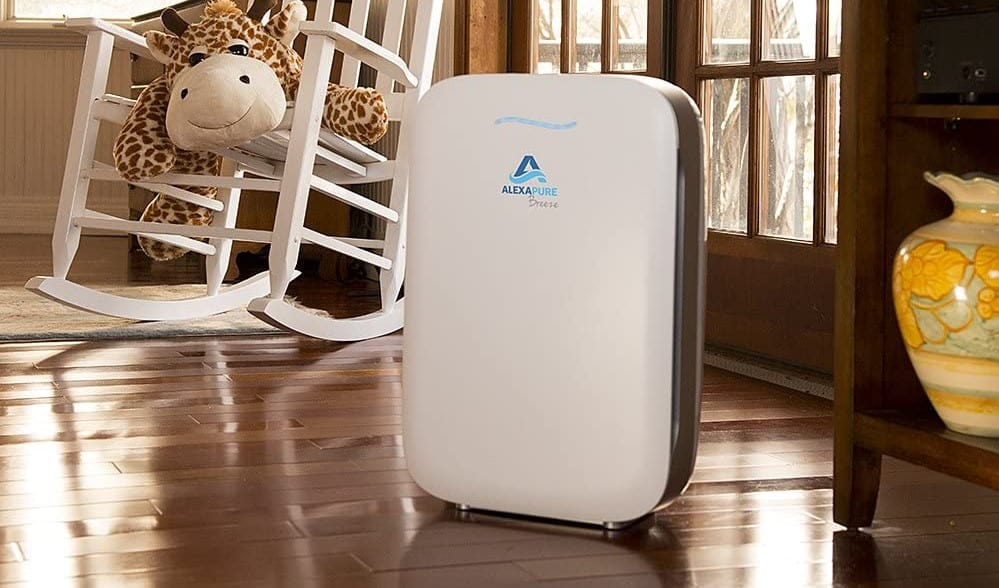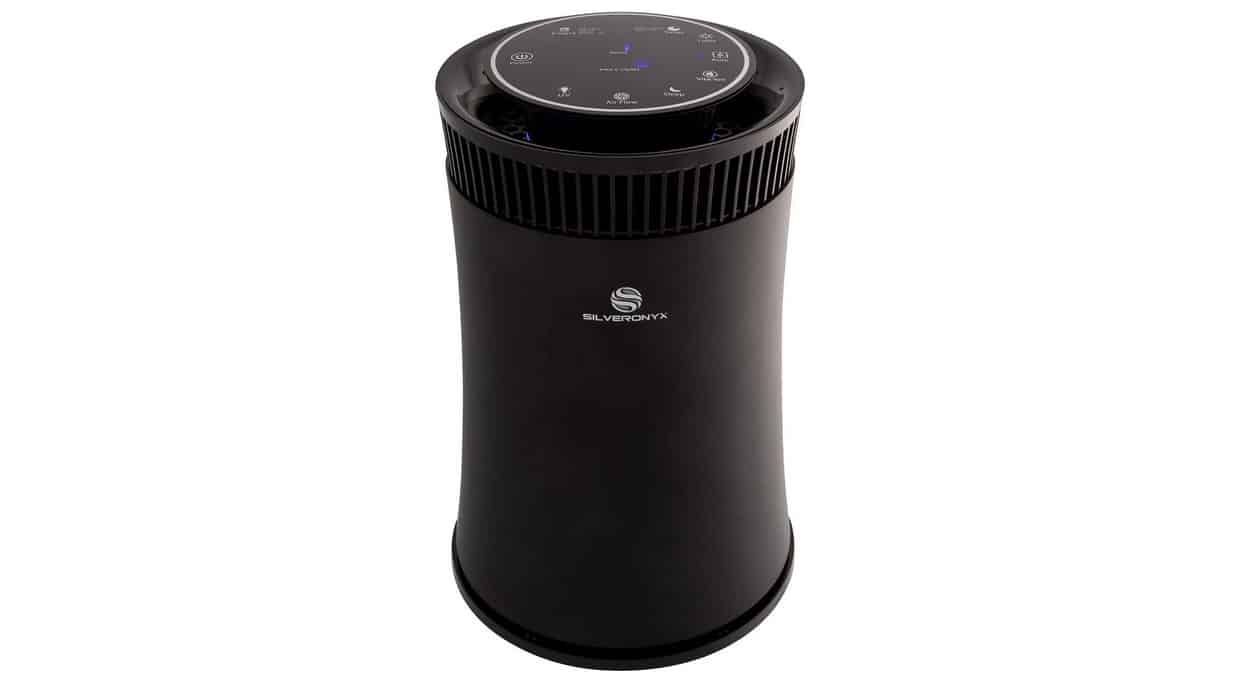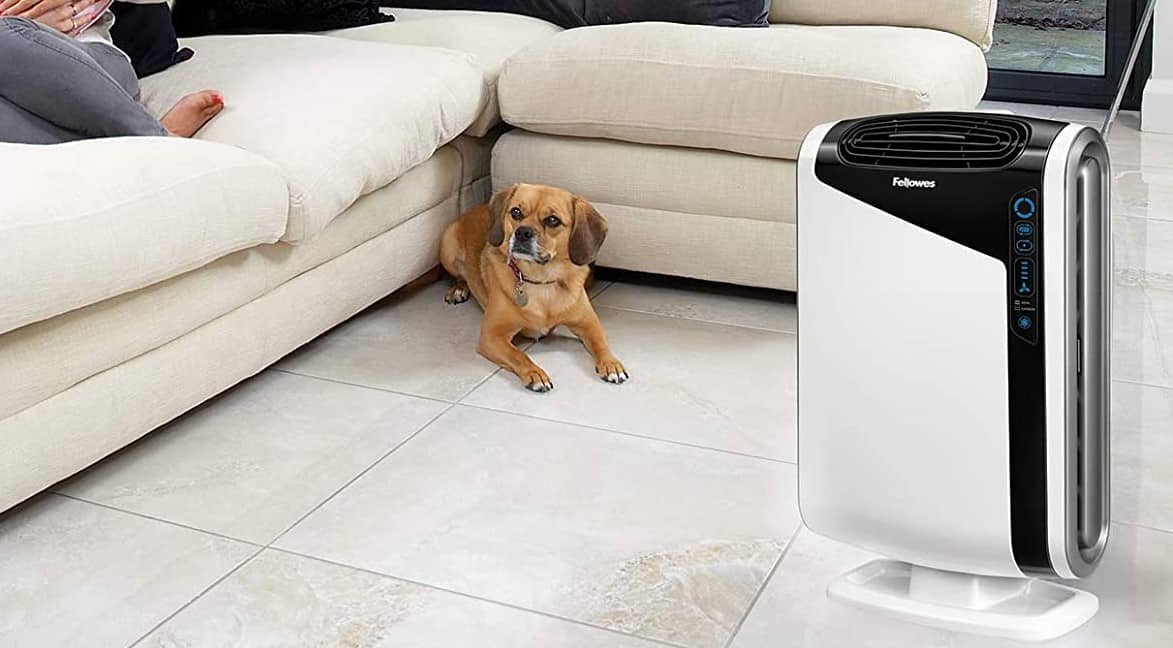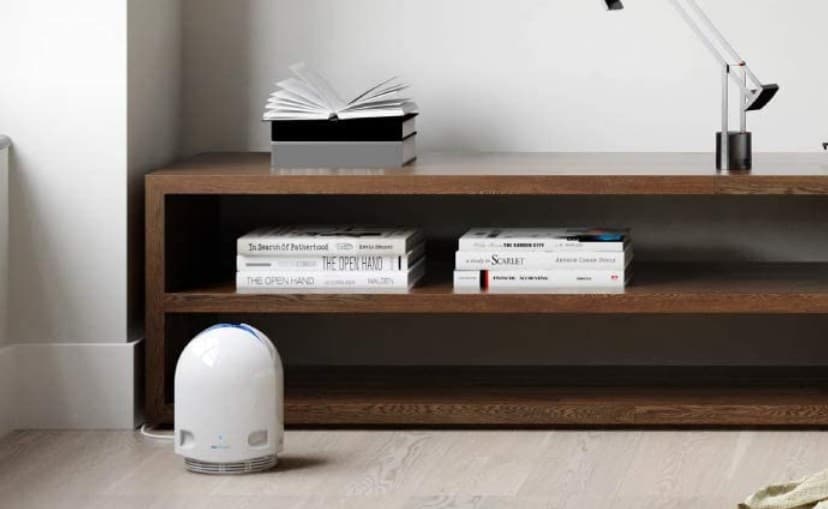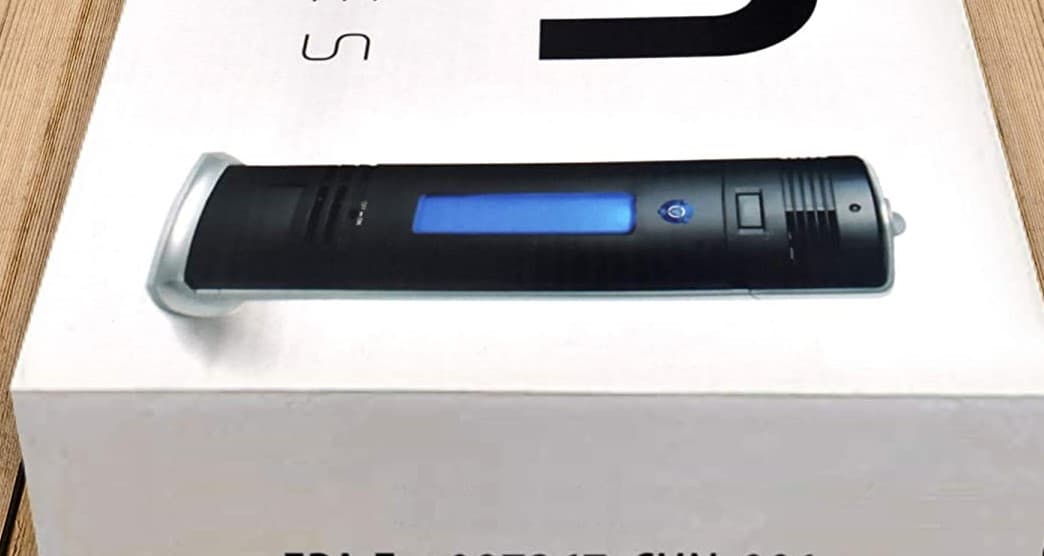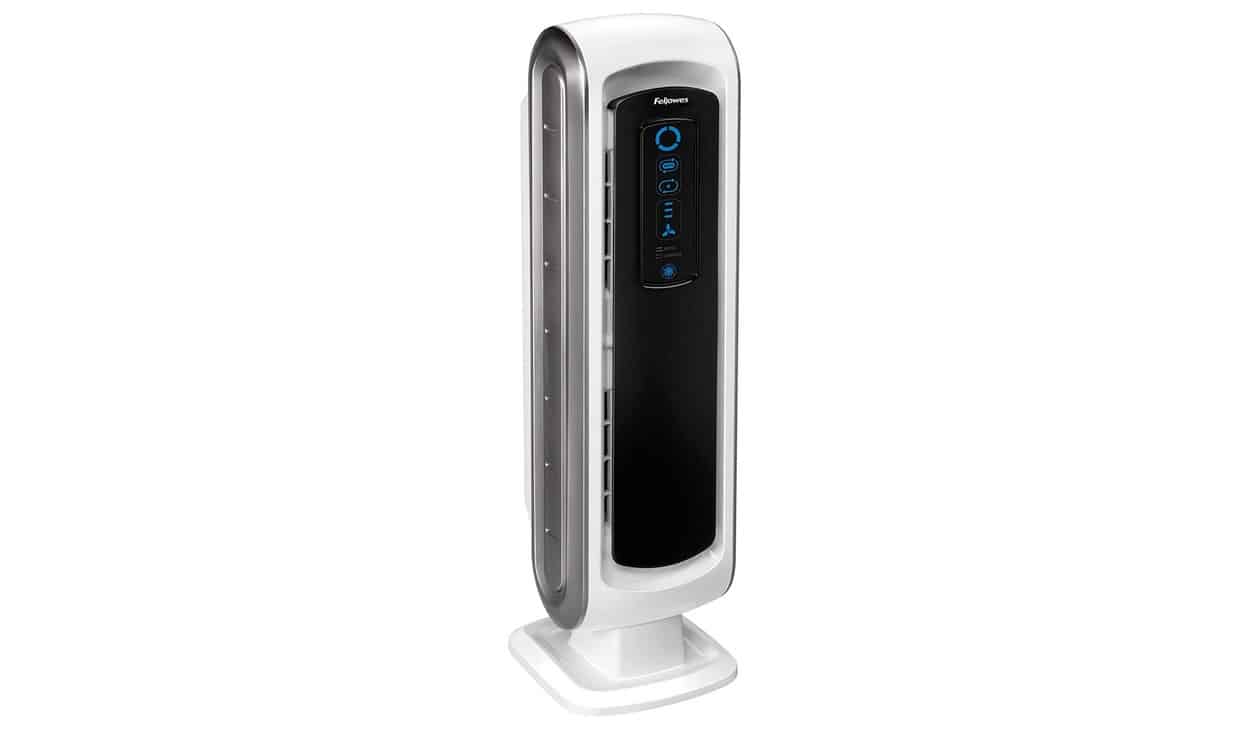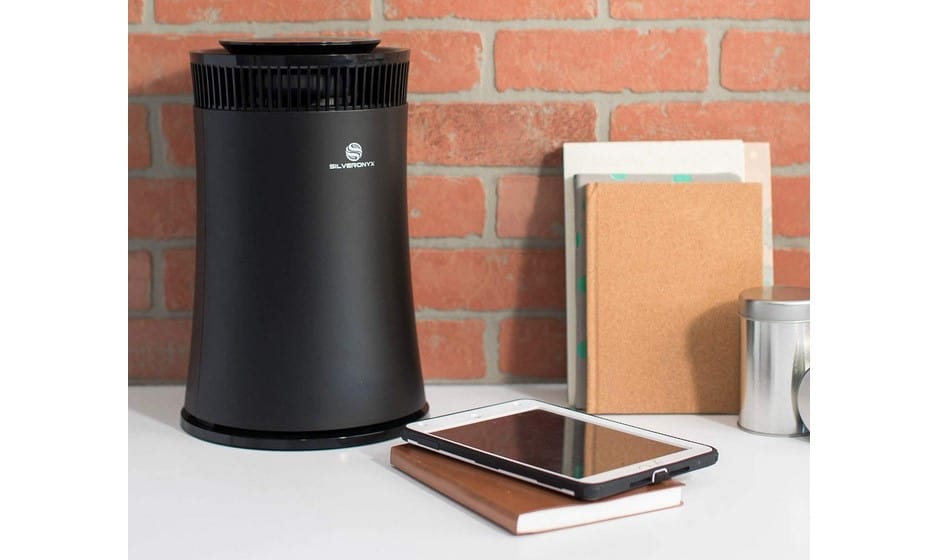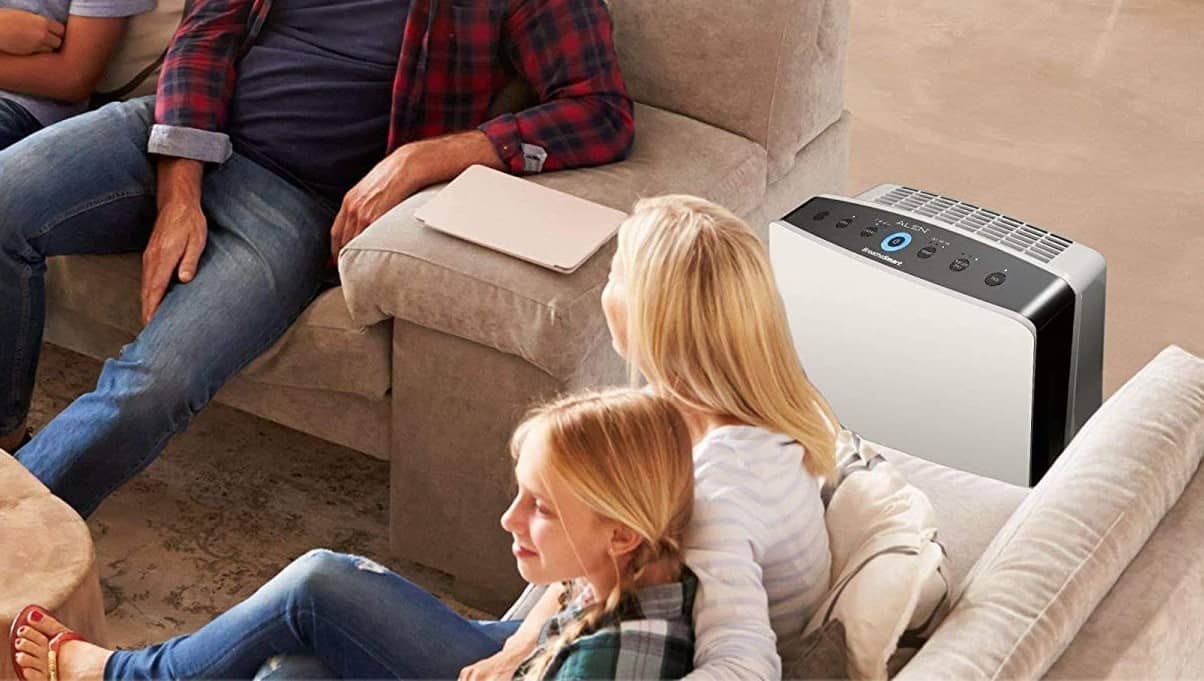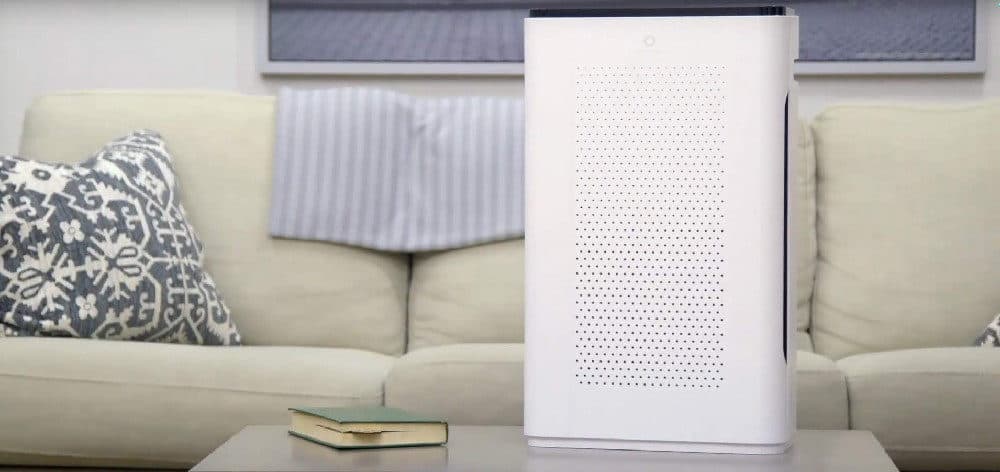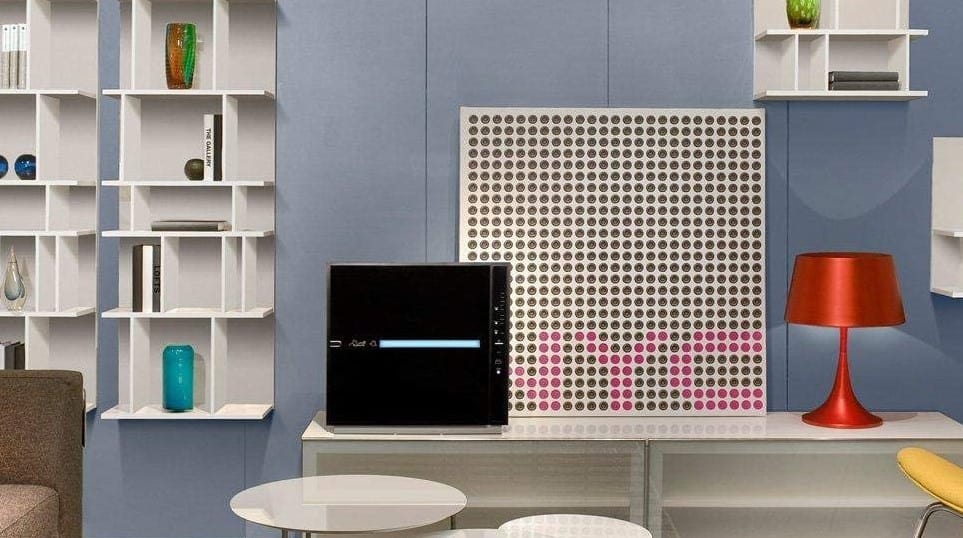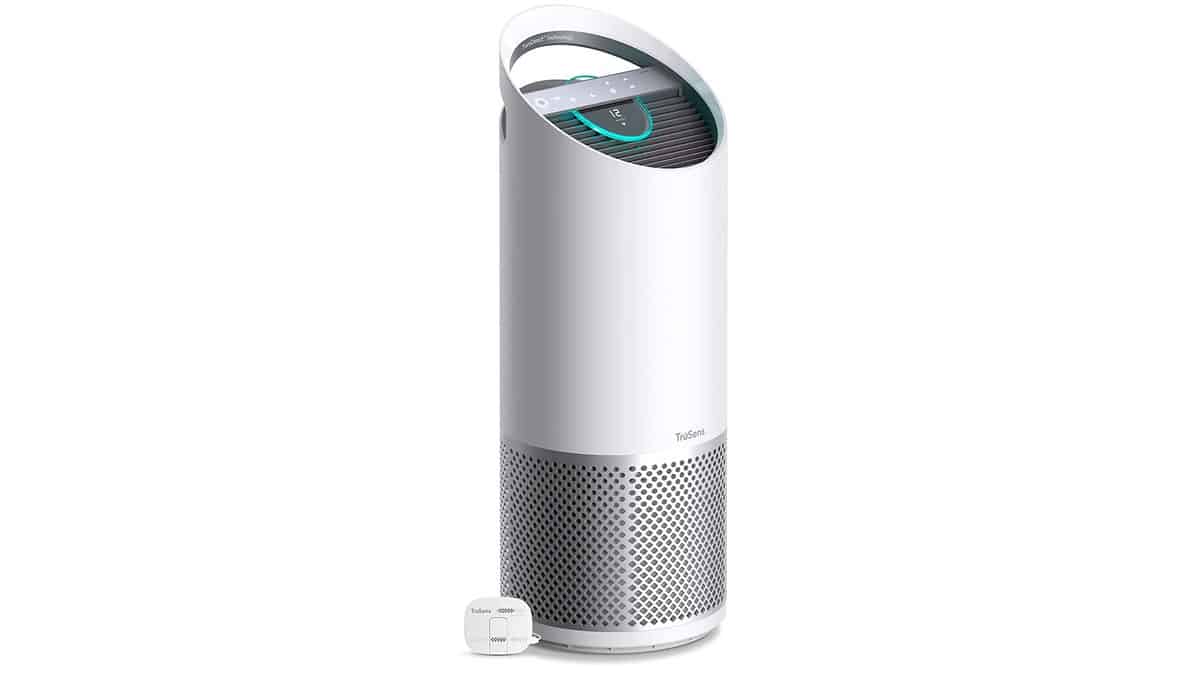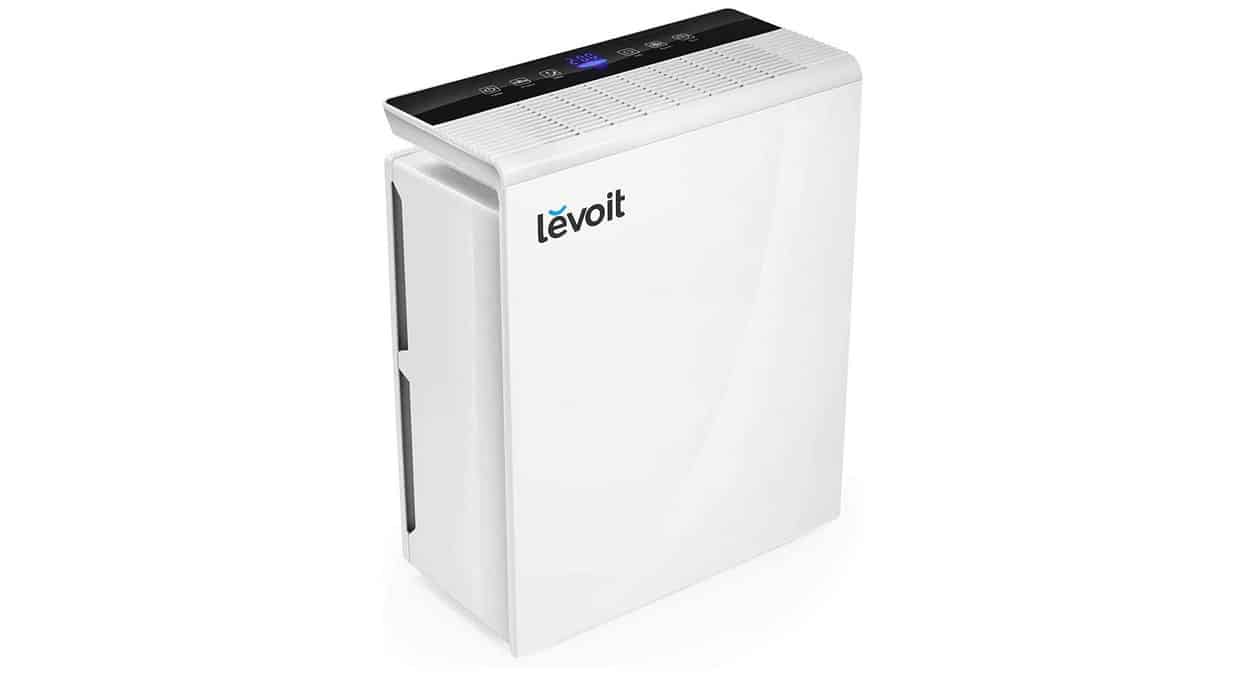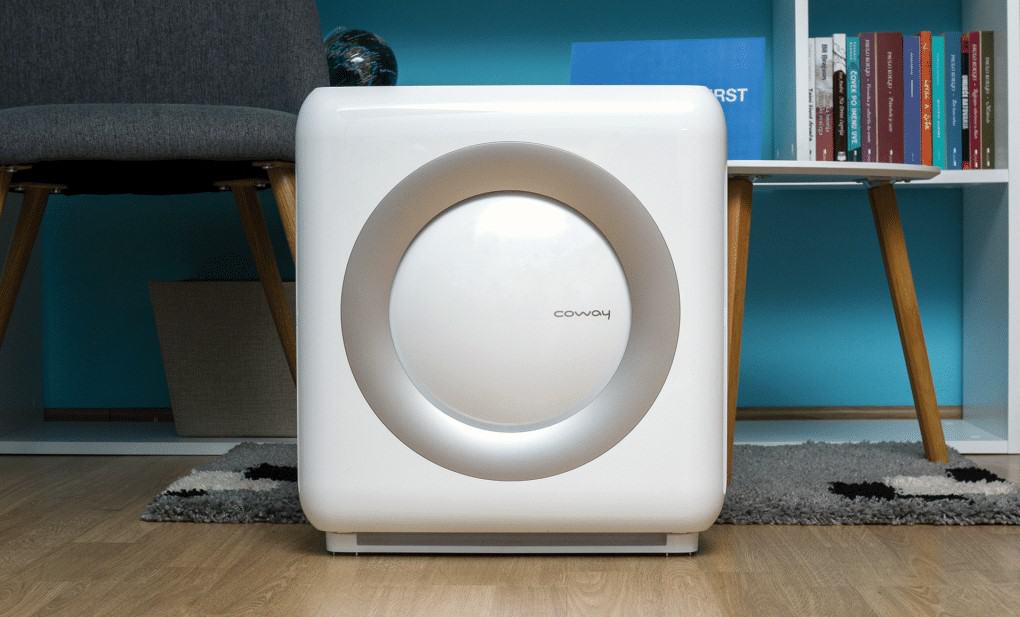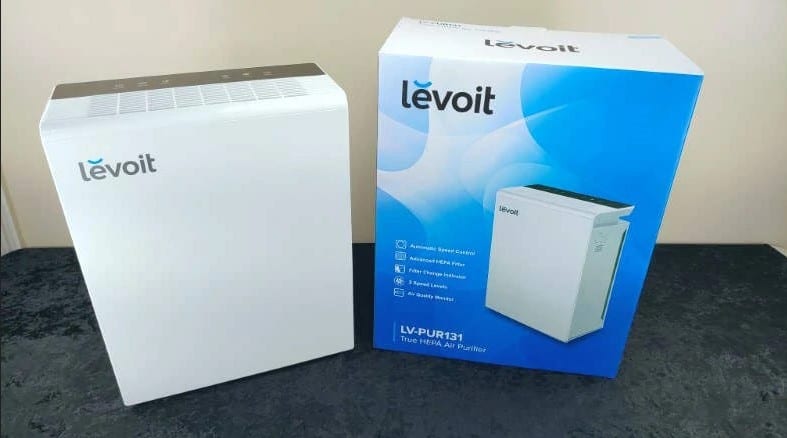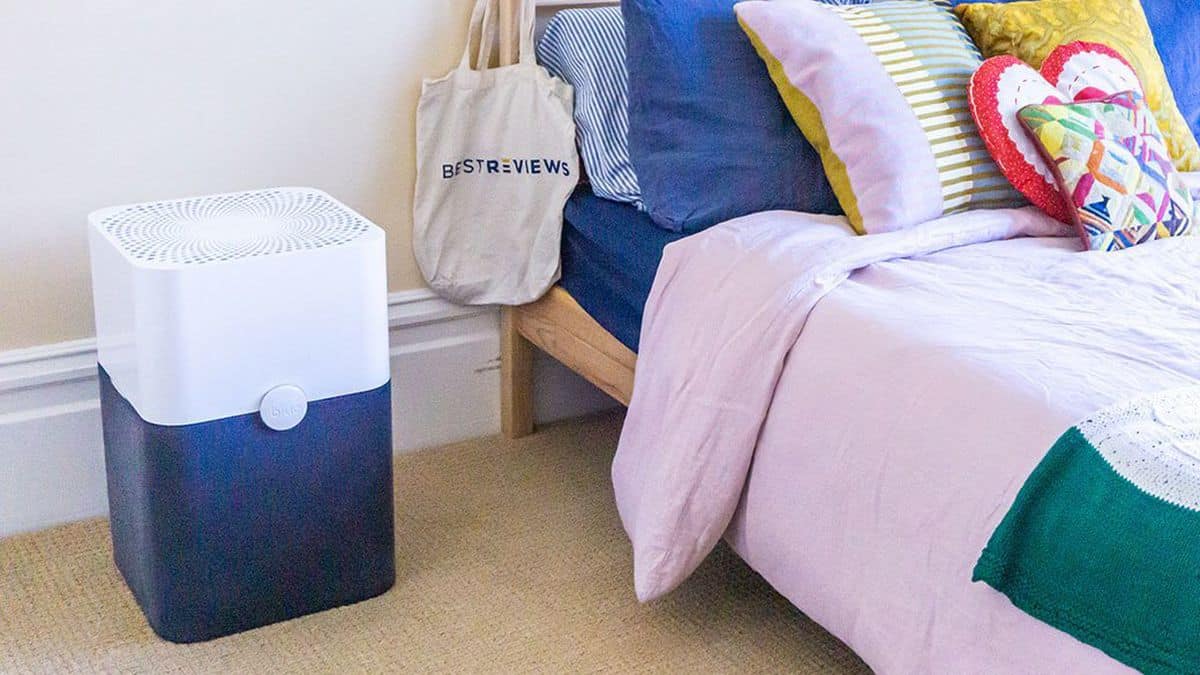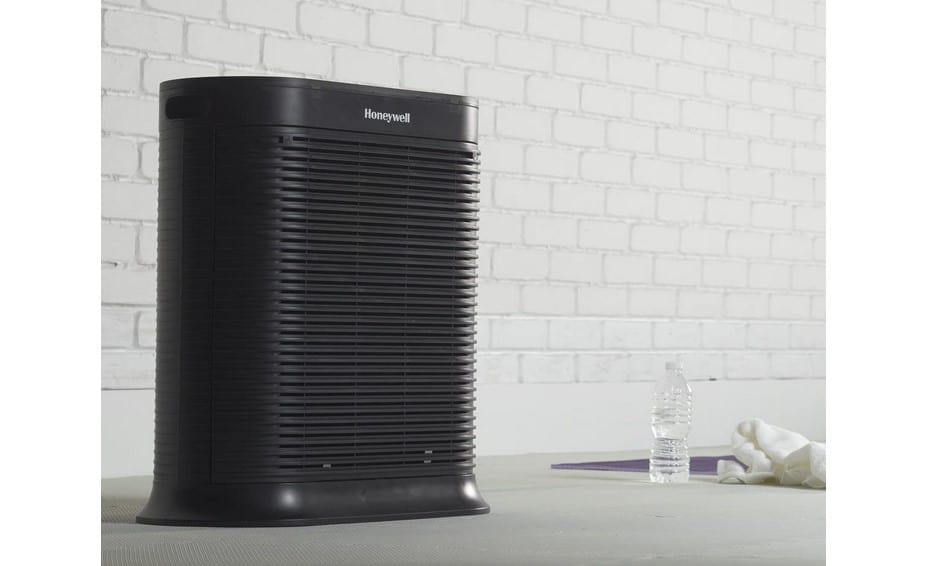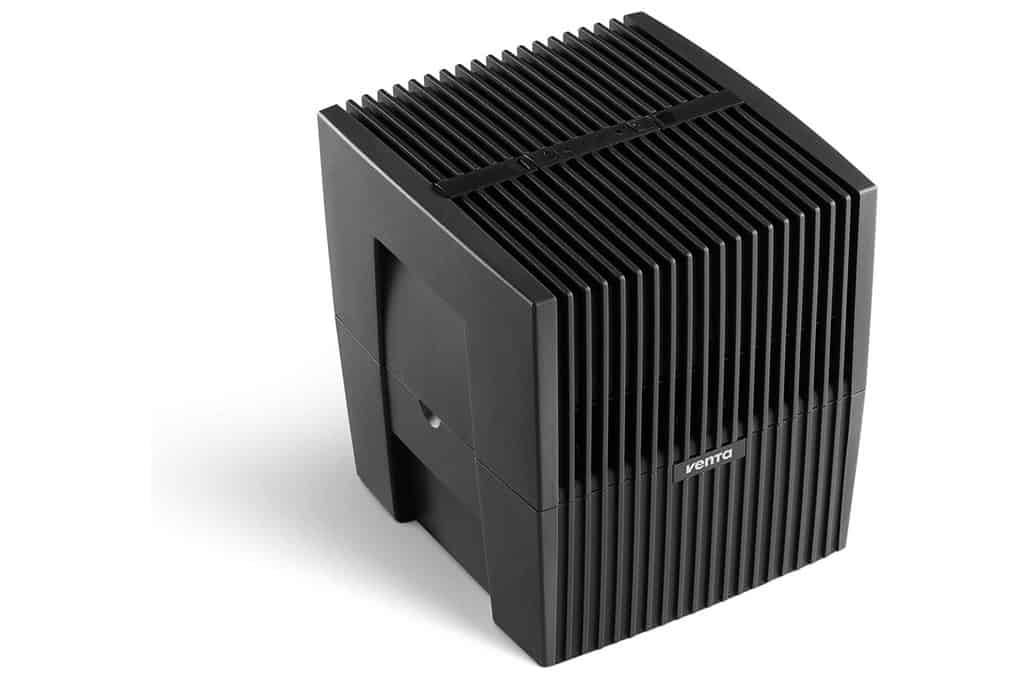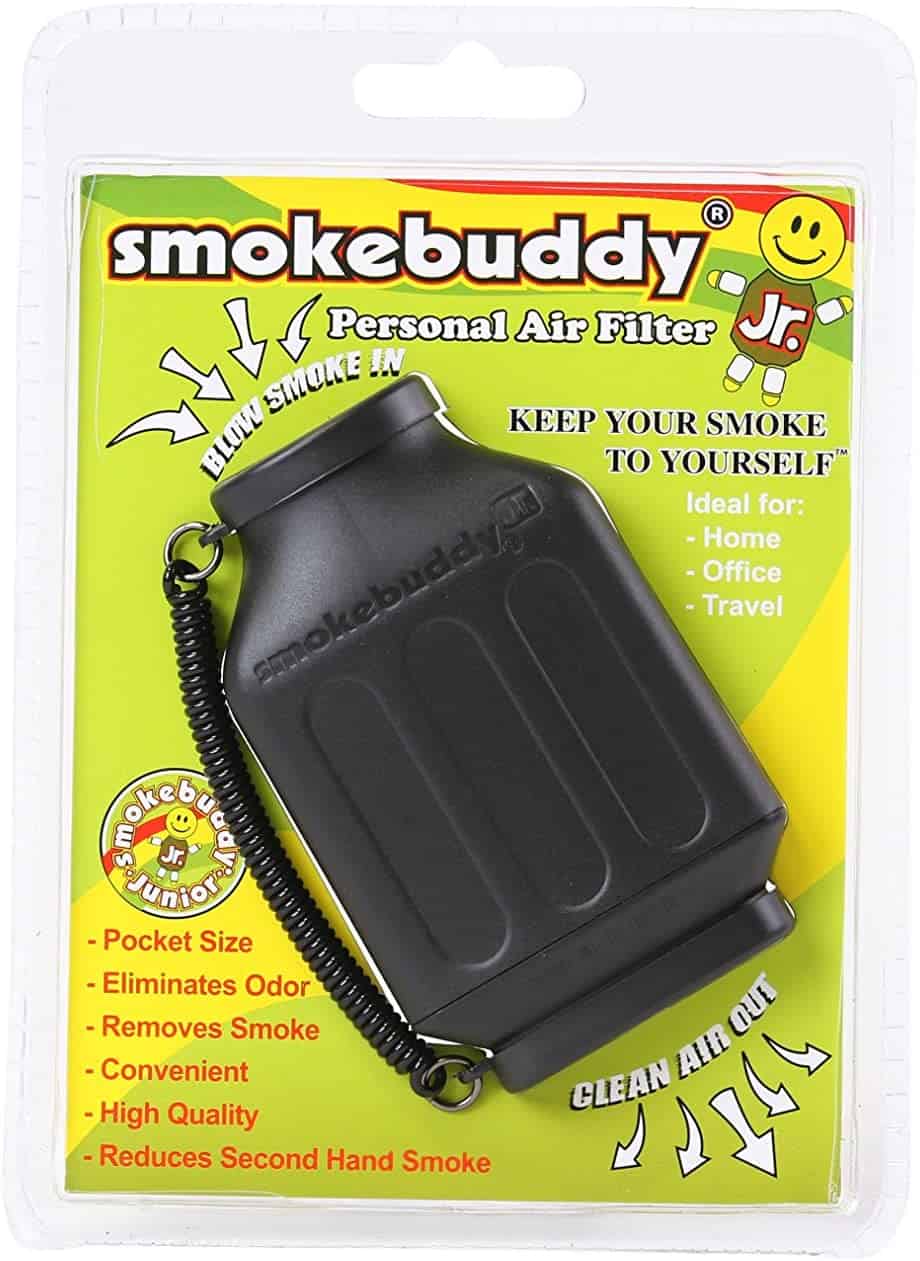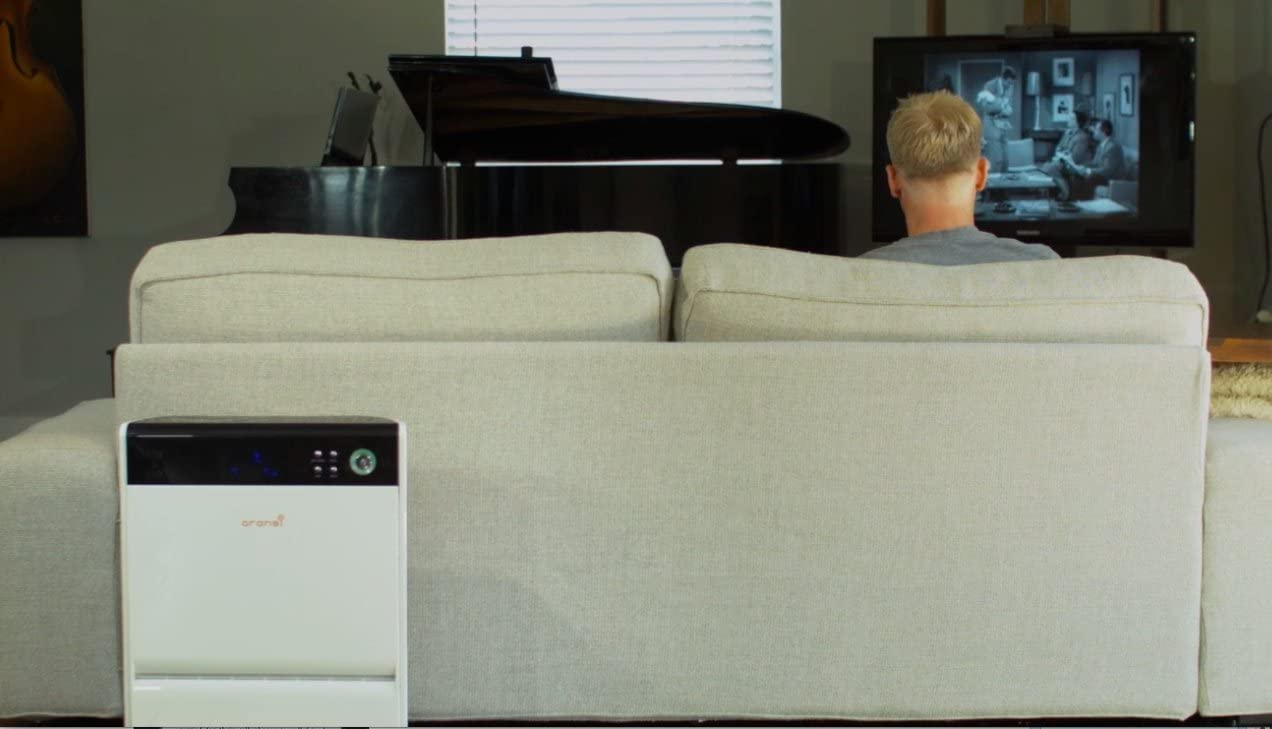If you have recently purchased a top-performing air purifier or if you have been using a pre-owned model, you may be wondering how to test your air purifier. We are here with information to make this process go smoothly.
KEY TAKEAWAYS:
- You can test your home’s air purifier by placing your ear to the fans and checking to see if they are pulling air in and pushing it out.
- Another option is to open up the external housing and take a look at the integrated filter, cleaning, or replacing if necessary.
- You can also get an air quality monitor and perform a simple test in your home.
Why Test an Air Purifier?
Humans spend most of their time indoors, so indoor air quality is extremely important to our overall health and well-being. At the same time, modern air purifiers advertise plenty of claims and can be on the expensive side. In other words, you will want to test an air purifier to protect your investment and make sure that your living space is free from potentially dangerous airborne pathogens. There are different types of air purifiers. If you use one with a HEPA filter, you need to reset the HEPA air purifier before you change it.
Insider Tip
Humans spend most of their time indoors, so indoor air quality is extremely important to our overall health and well-being.
How to Test an Air Purifier
Air purifiers come in many different shapes and sizes, each with its own unique functionalities and testing methods. We have come up with a fairly generalized and universal list to get you started on the testing process.
Check That Airflow
If you are using a filter-based air purifier, the first thing you should do is check the airflow. Filter-based purifiers use powerful fans to both pull air into the system and push it back out into your immediate surroundings. You can easily check to see if these fans are doing their job by putting your ear up to the various input and output vents on the purifier’s external housing. Do you feel a slight sucking sensation via the input vent? Do you feel the air being pushed out via the output vent? If you answered yes to both of these questions, your fans are likely working.
As previously mentioned, this testing method is strictly for filter-based air purifiers, such as HEPA models, carbon models, and electrostatic models. Most ionizers, for instance, do not feature any fans whatsoever.
Insider Tip
You can easily check to see if these fans are doing their job by putting your ear up to the various input and output vents on the purifier’s external housing.
Look at the Filters
This is another tip for filter-based air purifiers. Once you are certain the fans are doing their job to pull air in, run it through the filter, and push it back out, you should check on the filters to see if they are up to snuff. You can do this by opening up the air purifier’s external housing and taking a direct look at these filters. This process will vary depending on the make and model of your air purifier. Also, we recommend wearing protective gear, such as a mask and gloves, when dealing with an air filter, as it can be filled to the brim with nasty stuff.
Once you get the housing opened, take a look at the filter. Does it look exceptionally dirty or clogged? If not, close everything back up and rest easy. If the filter looks disgusting, however, you should clean or replace it. As a general rule of thumb, HEPA filters need to be disposed of and replaced every six months to one year. Activated carbon and electrostatic filters can be cleaned with gently running water and a microfiber cloth once every month. That said, you will need to know how to replace carbon pellets in an air purifier filter to keep it running at optimum levels.
Use an Air Quality Monitor
A relatively fail-safe way to check the air quality in your home, and thus the efficacy of your air purifier, is to purchase and use an air quality monitor. These monitors can be effective at testing the overall usefulness of any type of air purifier, filter or not, and the process is quite simple.
First, find a well-regarded air quality monitor at a home improvement shop online or in real life. Bring it home and place your air purifier in an enclosed room. Turn it off and leave it off for an hour. Be sure to close all windows in the room and all doors leading to the room, so you will get an accurate reading. After the hour, use the monitor to test the air quality in the room. Mark that down. Then, turn the air purifier on its highest setting and allow it to run in the room with the windows and doors shut for another hour. After that, get a reading from the monitor and compare.
Additionally, if you have a snoring problem, you may want to find out how to use a 2-in-1 anti-snoring & air purifier. However, you should keep in mind that it is not a very effective air purifier as it is so small.
F.A.Q.S
What are air purifiers supposed to filter out and do they actually do it?
Air purifiers are supposed to filter out a number of airborne pollutants, such as allergens, aroma-causing particles, germs, volatile organic compounds, and more. Do they do it? Yeah, they are pretty successful.
Can air purifiers filter the outdoor aid that enters your home?
Air purifiers can filter any air, even outdoor air, but the sheer amount of air that exists outside can cause the purifier to struggle.
Can I trust a monitor to check air quality in my home and give accurate readouts?
Yes, air quality monitors will generally give an accurate baseline to work with, though results may vary depending on your model.
STAT: Air purifier sales in Canada jumped nine percent in 2020 compared to pre-pandemic 2019, totaling $136 million, according to statistics from market research firm Euromonitor. (source)
REFERENCES:
Warning
You will want to test an air purifier to protect your investment and make sure that your living space is free from potentially dangerous airborne pathogens.

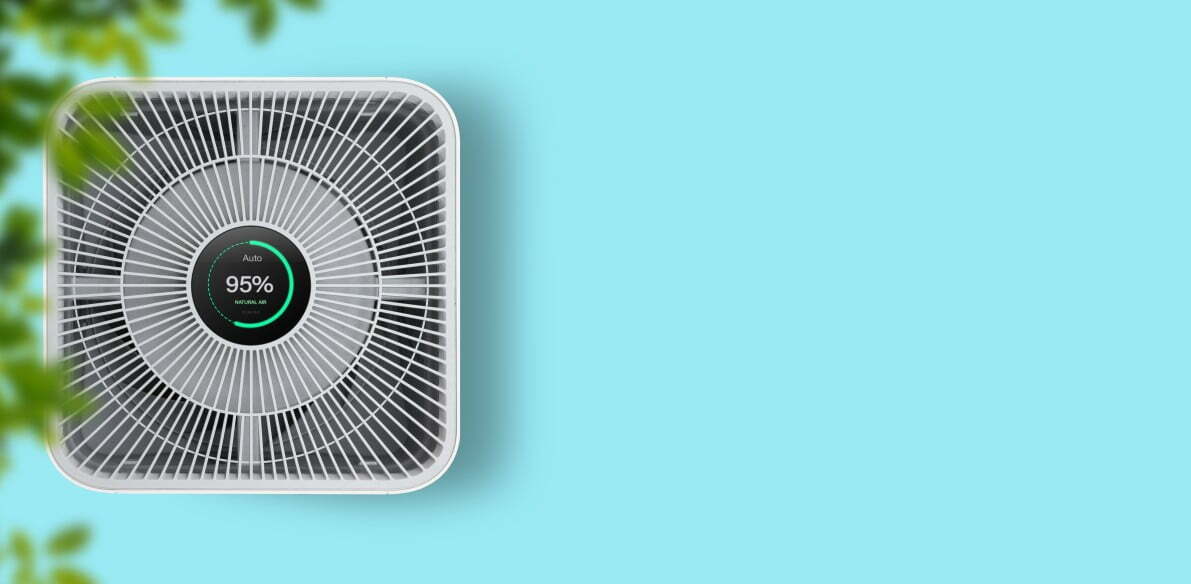













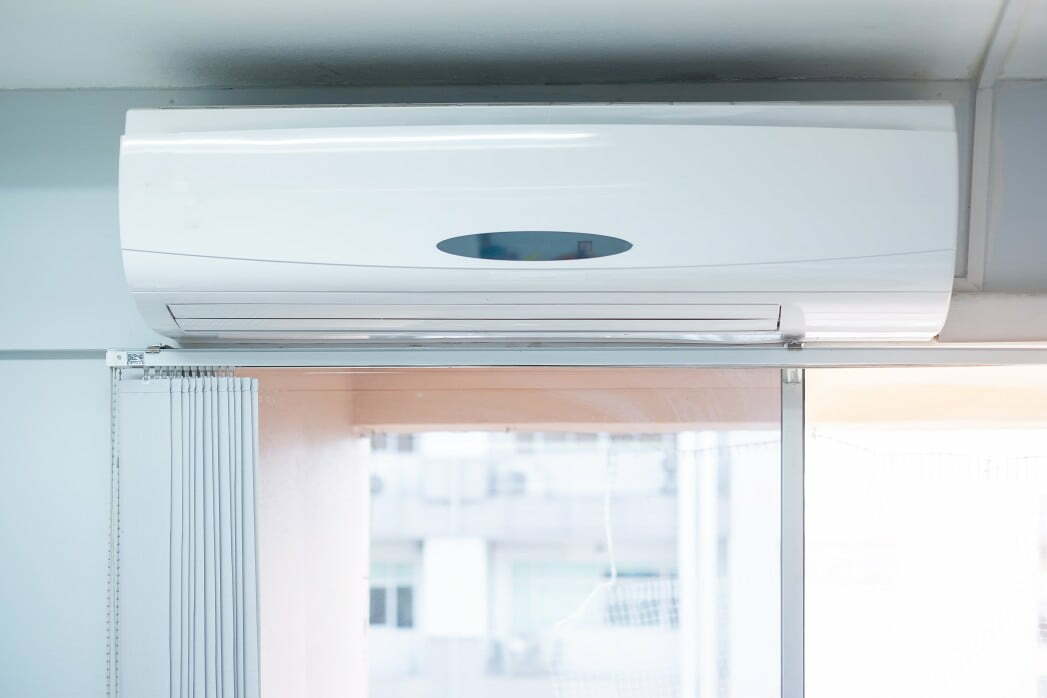
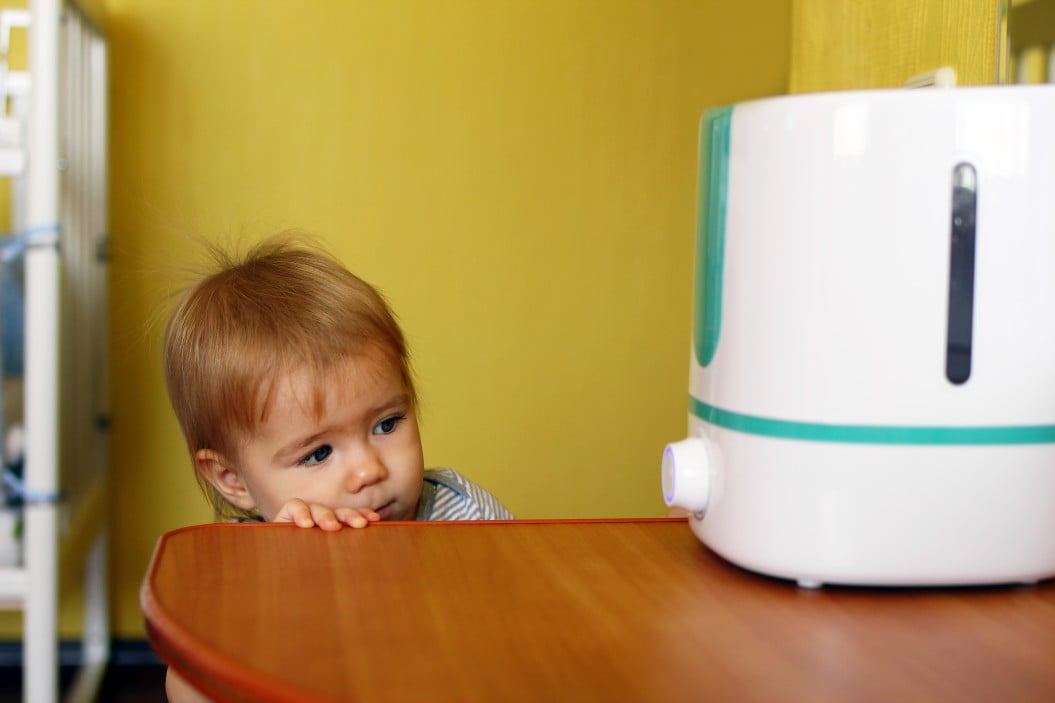
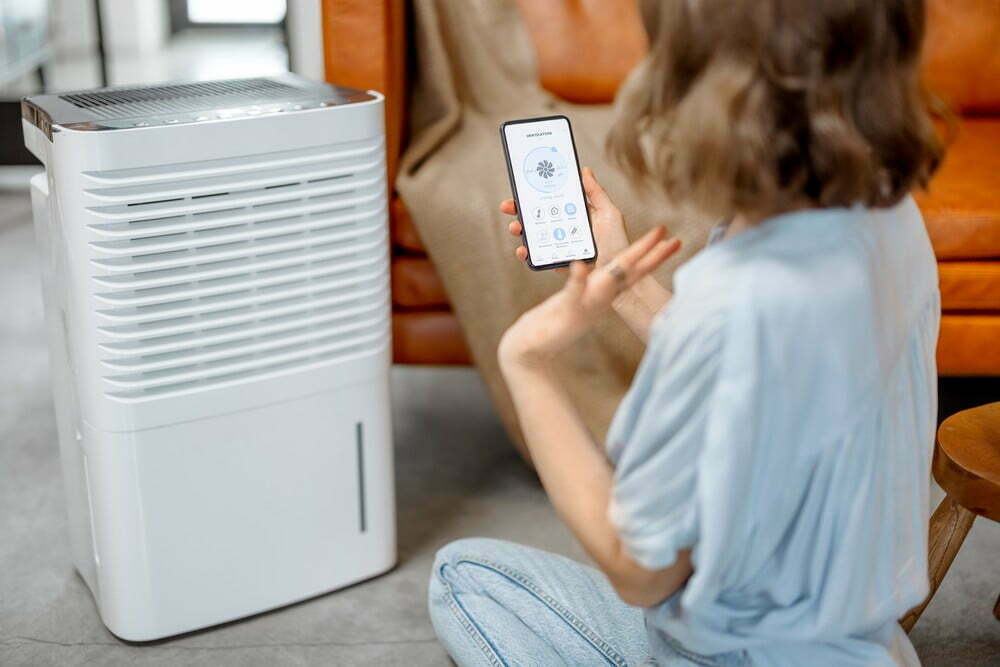
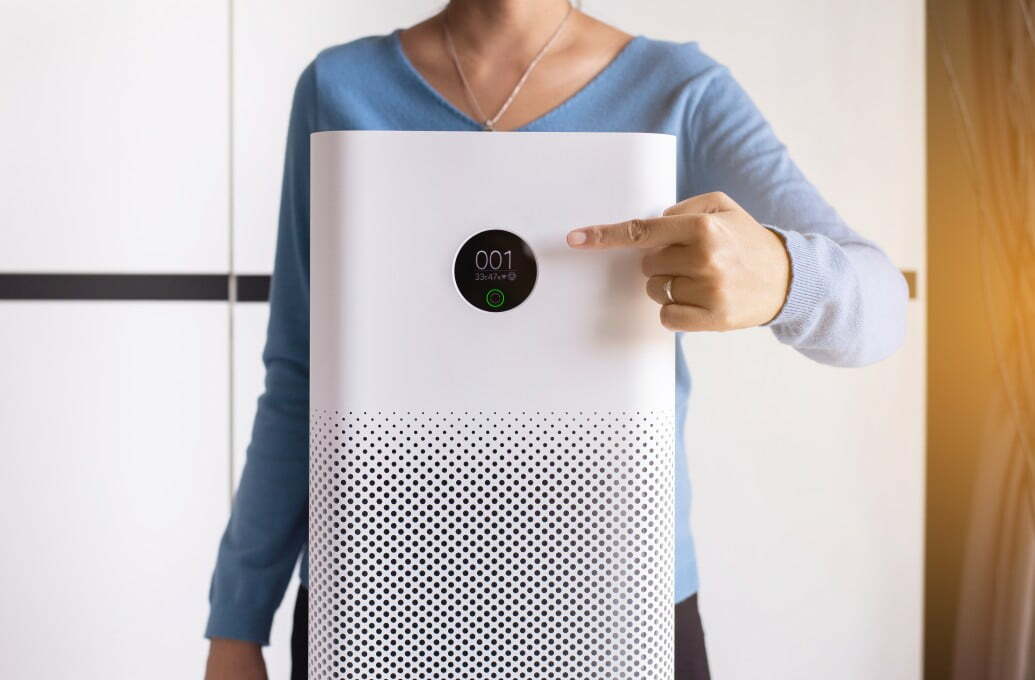
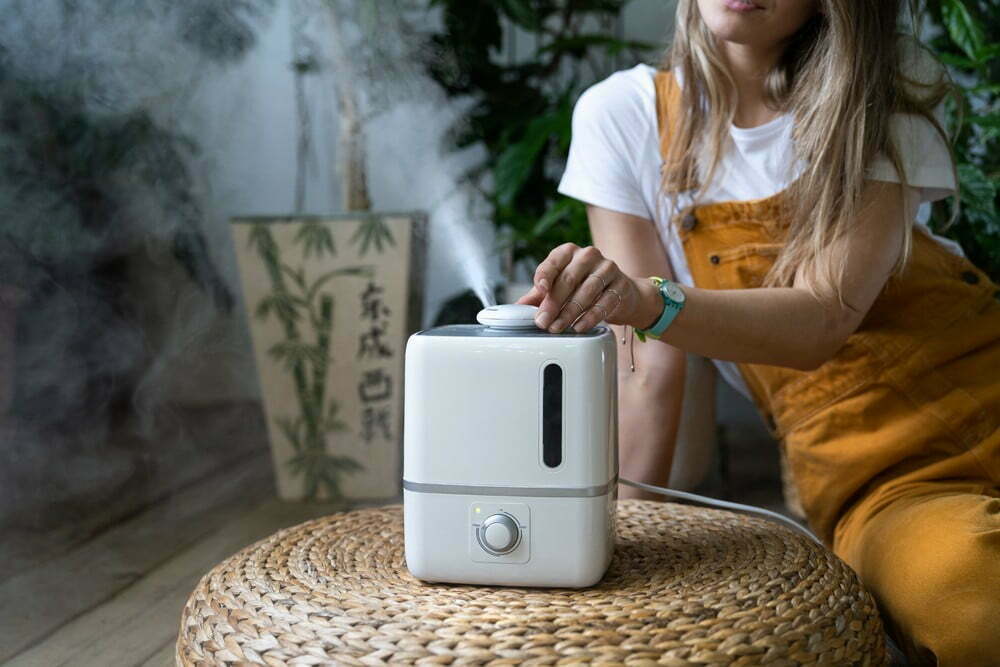


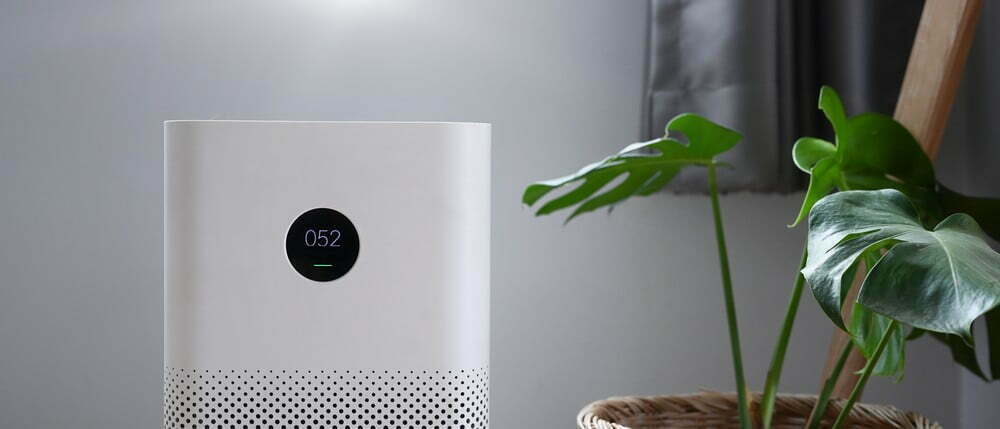
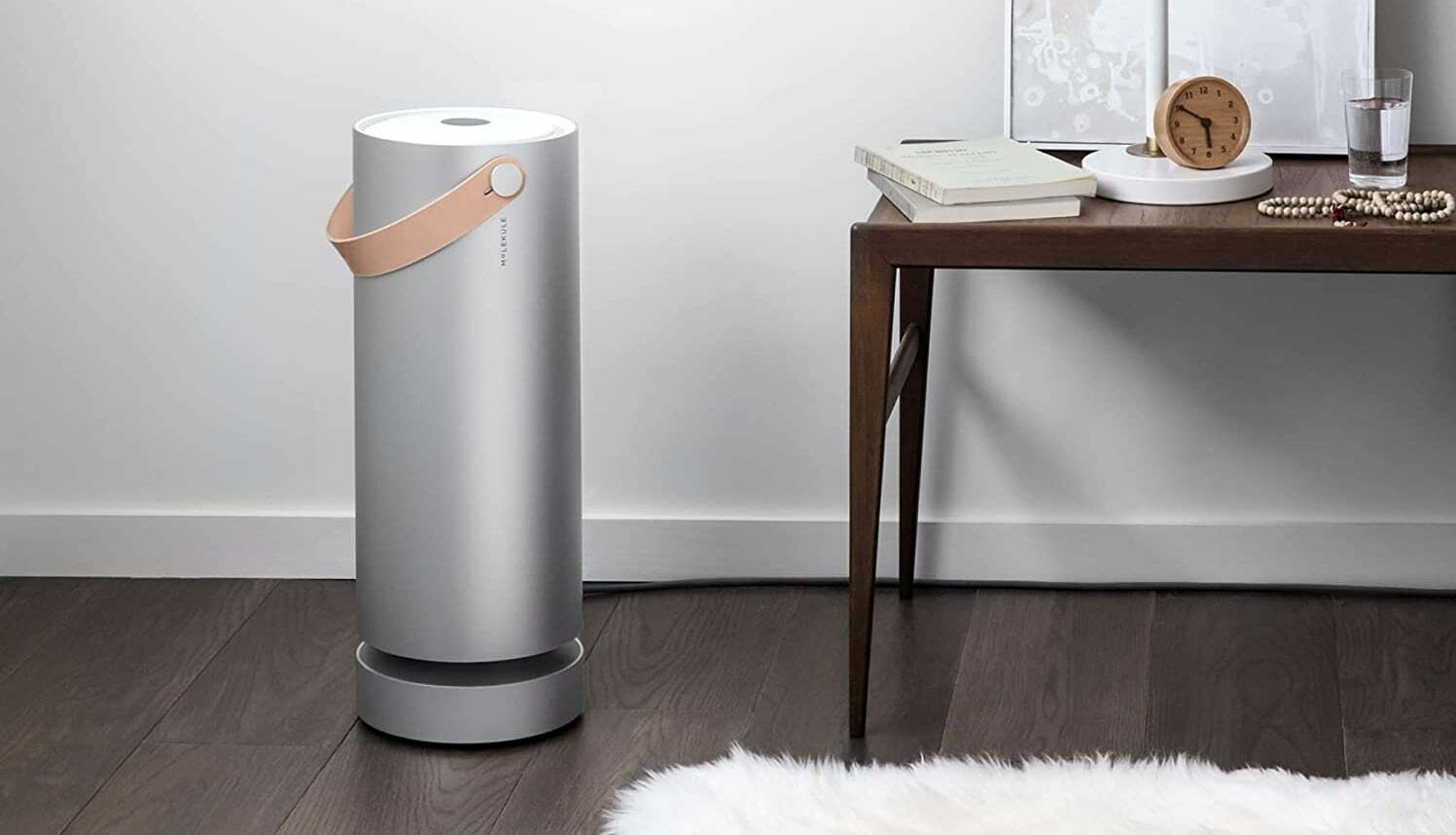
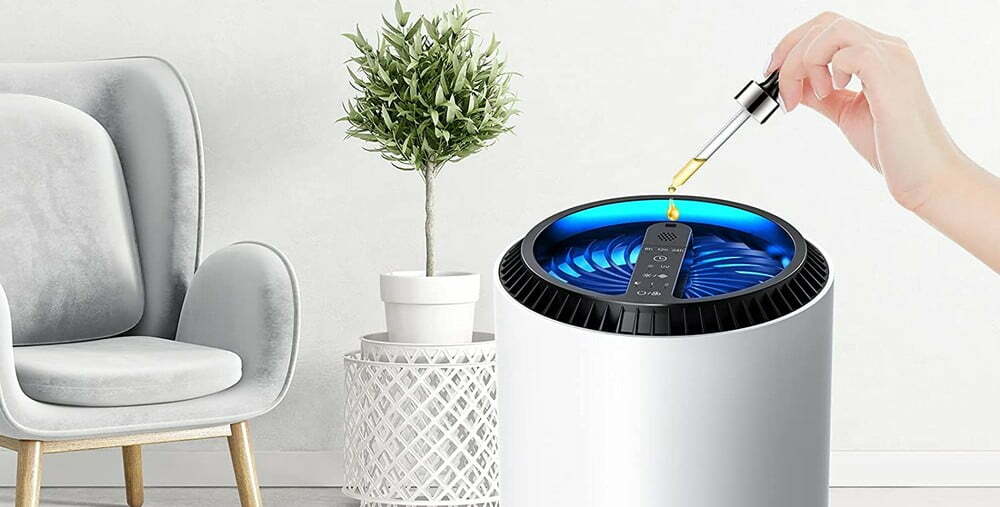
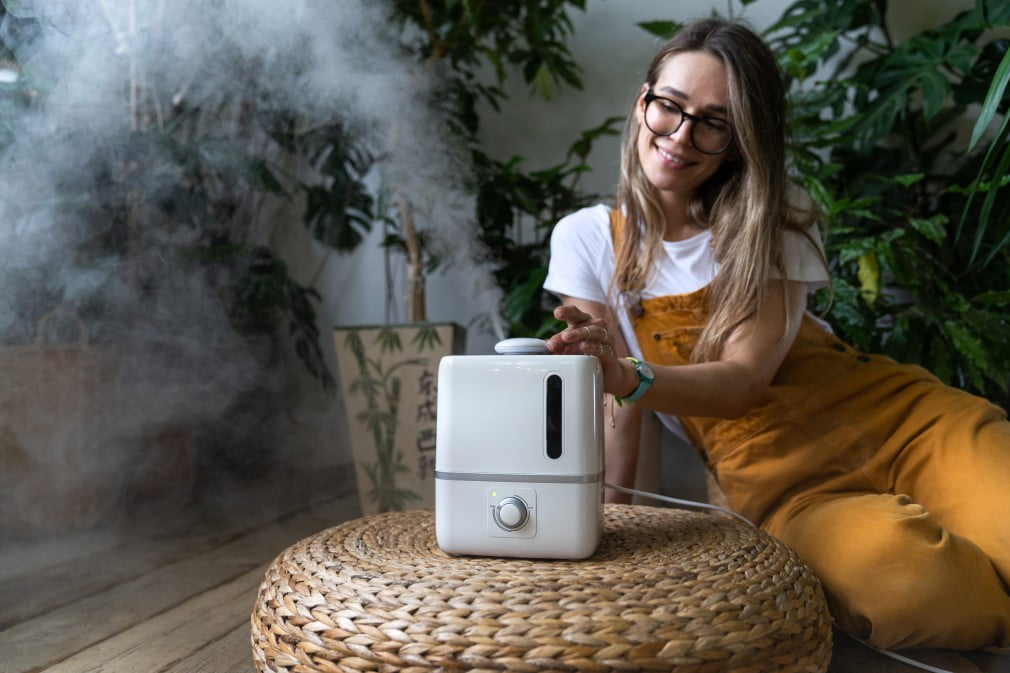
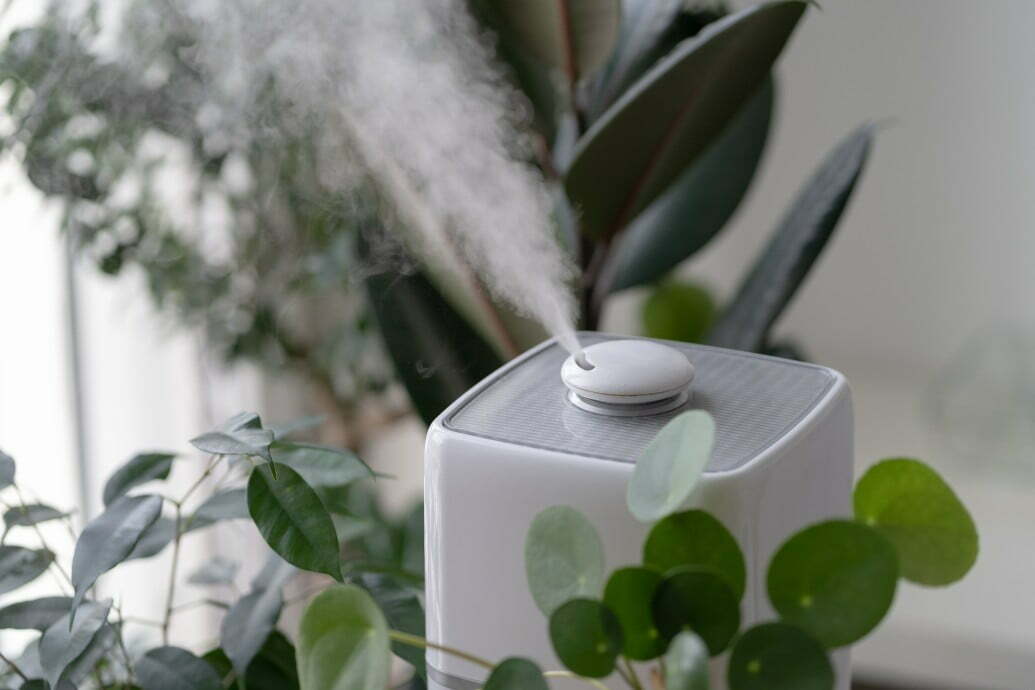
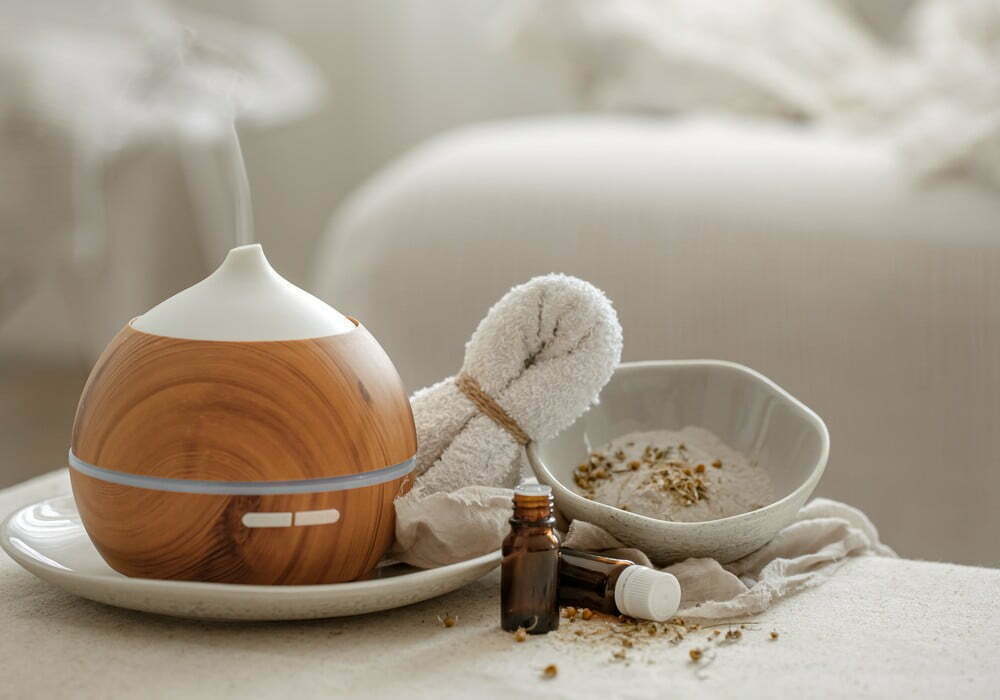
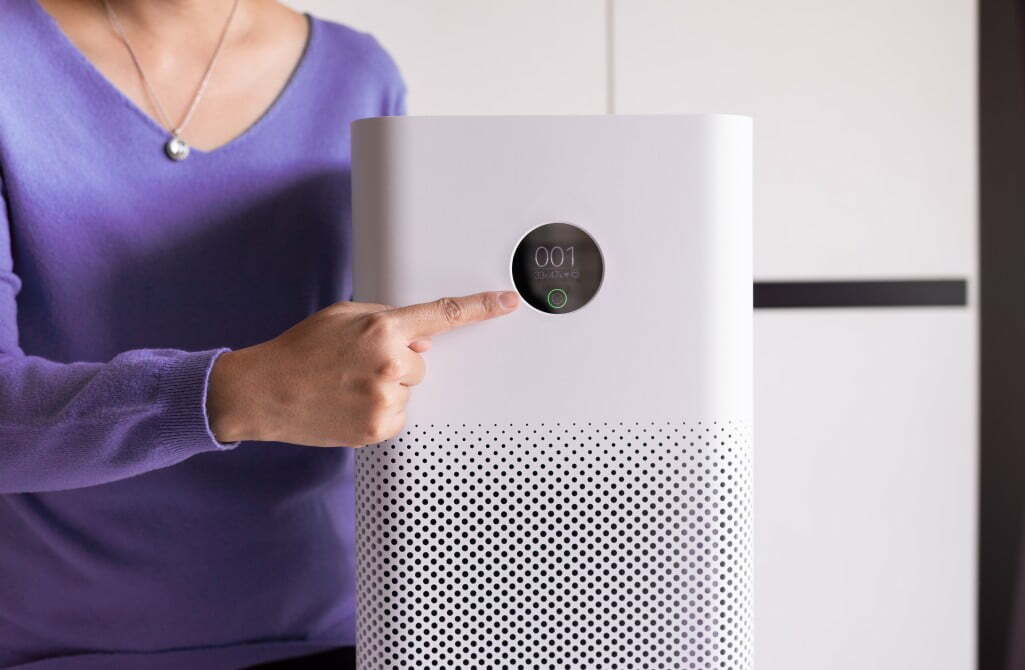
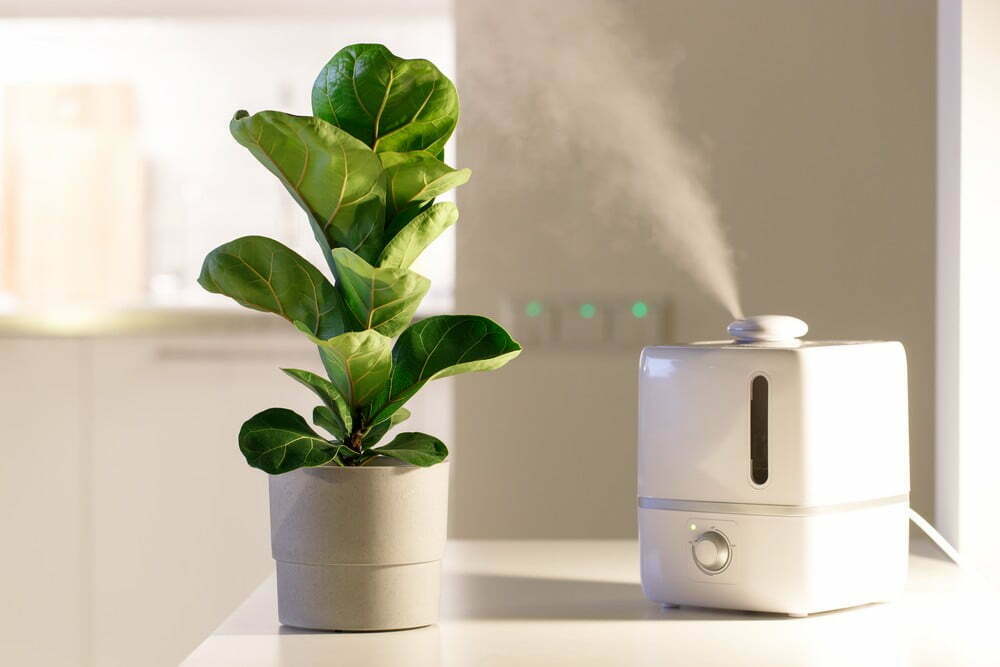
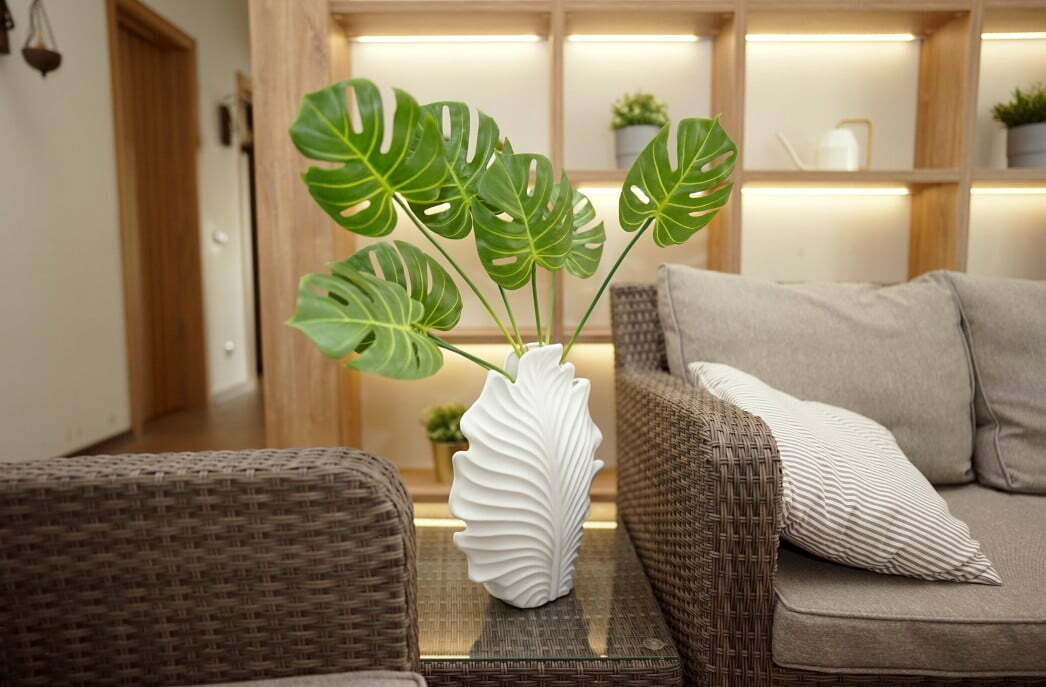
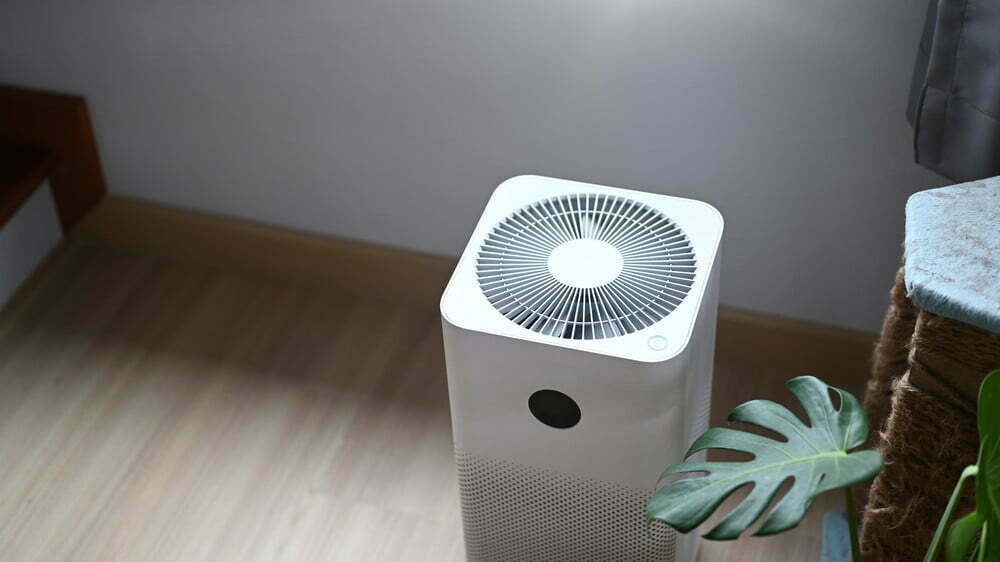
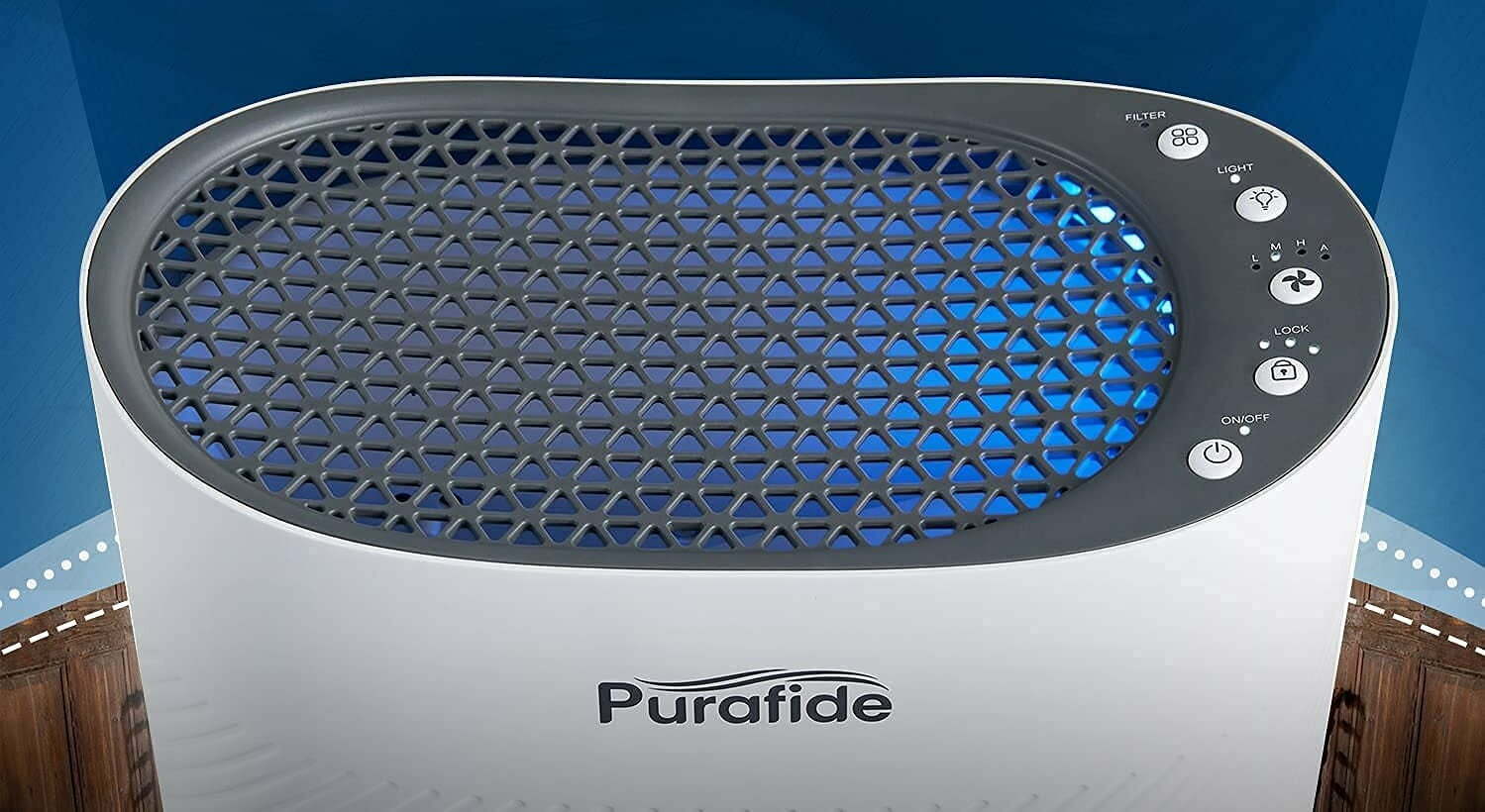
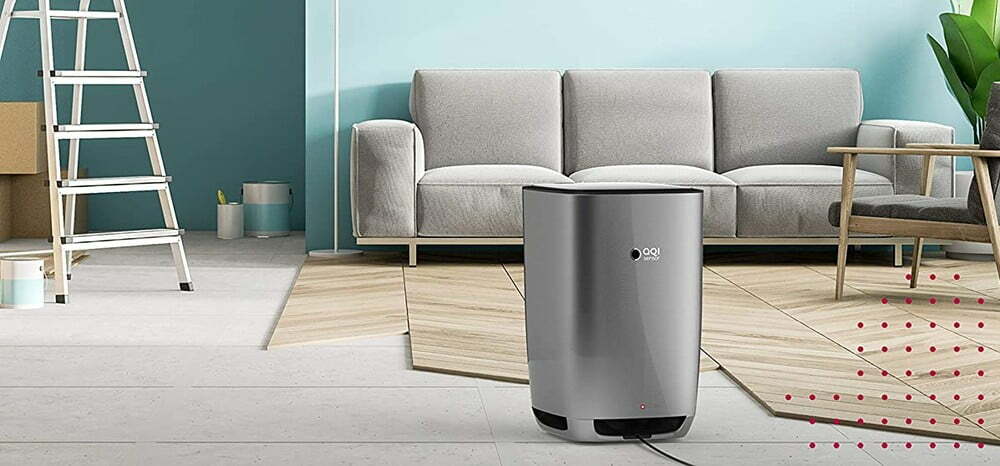
![Best Air Purifiers for VOCs and Formaldehyde in [year] 27 Best Air Purifiers for VOCs and Formaldehyde in 2026](https://www.gadgetreview.dev/wp-content/uploads/best-air-purifier-for-vocs-and-formaldehyde-image.jpg)
![Best Air Purifier in [year] ([month] Reviews) 28 Best Air Purifier in 2026 (January Reviews)](https://www.gadgetreview.dev/wp-content/uploads/Honeywell-True-HEPA-Allergen-Remover-HPA300-e1475603569442.jpg)
![Best Air Purifiers for Dust in [year] 29 Best Air Purifiers for Dust in 2026](https://www.gadgetreview.dev/wp-content/uploads/best-air-purifier-for-dust-image.jpg)
![Best Honeywell Air Purifiers in [year] 30 Best Honeywell Air Purifiers in 2026](https://www.gadgetreview.dev/wp-content/uploads/best-honeywell-air-purifier-image.jpg)
![Best Germicidal Air Purifiers in [year] 31 Best Germicidal Air Purifiers in 2026](https://www.gadgetreview.dev/wp-content/uploads/best-germicidal-air-purifier-image.jpg)
![Best Filterless Air Purifiers in [year] 32 Best Filterless Air Purifiers in 2026](https://www.gadgetreview.dev/wp-content/uploads/best-filterless-air-purifier-image.jpg)
![Best Levoit Air Purifiers in [year] 33 Best Levoit Air Purifiers in 2026](https://www.gadgetreview.dev/wp-content/uploads/best-levoit-air-purifier-image.jpg)
![Best Air Purifiers for Smoking Weed in [year] 34 Best Air Purifiers for Smoking Weed in 2026](https://www.gadgetreview.dev/wp-content/uploads/best-air-purifier-for-smoking-weed-image.jpg)
![Best Quiet Air Purifiers in [year] 35 Best Quiet Air Purifiers in 2026](https://www.gadgetreview.dev/wp-content/uploads/best-quiet-air-purifier-image.jpg)
![Best Desktop Air Purifiers in [year] 36 Best Desktop Air Purifiers in 2026](https://www.gadgetreview.dev/wp-content/uploads/best-desktop-air-purifier.jpg)
![Best Dyson Air Purifiers in [year] 37 Best Dyson Air Purifiers in 2026](https://www.gadgetreview.dev/wp-content/uploads/best-dyson-air-purifier.jpg)
![Best Air Purifiers for Dorm Room in [year] 38 Best Air Purifiers for Dorm Room in 2026](https://www.gadgetreview.dev/wp-content/uploads/air-purifier-for-dorm-room-1.jpg)
![Best Air Purifiers for Office in [year] 39 Best Air Purifiers for Office in 2026](https://www.gadgetreview.dev/wp-content/uploads/best-air-purifier-for-office.jpg)
![Best Air Purifiers for Basement in [year] 40 Best Air Purifiers for Basement in 2026](https://www.gadgetreview.dev/wp-content/uploads/best-air-purifier-for-basement.jpg)
![Best Air Purifiers For Odor in [year] 41 Best Air Purifiers For Odor in 2026](https://www.gadgetreview.dev/wp-content/uploads/best-air-purifier-odor.jpg)
![10 Best Personal Air Purifiers in [year] 42 10 Best Personal Air Purifiers in 2026](https://www.gadgetreview.dev/wp-content/uploads/best-personal-air-purifiers.jpg)
![10 Best Plug In Air Purifiers in [year] 43 10 Best Plug In Air Purifiers in 2026](https://www.gadgetreview.dev/wp-content/uploads/best-plug-in-air-purifier-image.jpg)
![10 Best Whole House Air Purifiers in [year] 44 10 Best Whole House Air Purifiers in 2026](https://www.gadgetreview.dev/wp-content/uploads/best-whole-house-air-purifier-image.jpg)
![10 Best Large Room Air Purifiers in [year] 45 10 Best Large Room Air Purifiers in 2026](https://www.gadgetreview.dev/wp-content/uploads/Coway-Airmega-200M-Large-Room-Air-Purifier-900x900-1.png)
![10 Best UV Air Purifiers in [year] 46 10 Best UV Air Purifiers in 2026](https://www.gadgetreview.dev/wp-content/uploads/best-uv-air-purifier.jpg)
